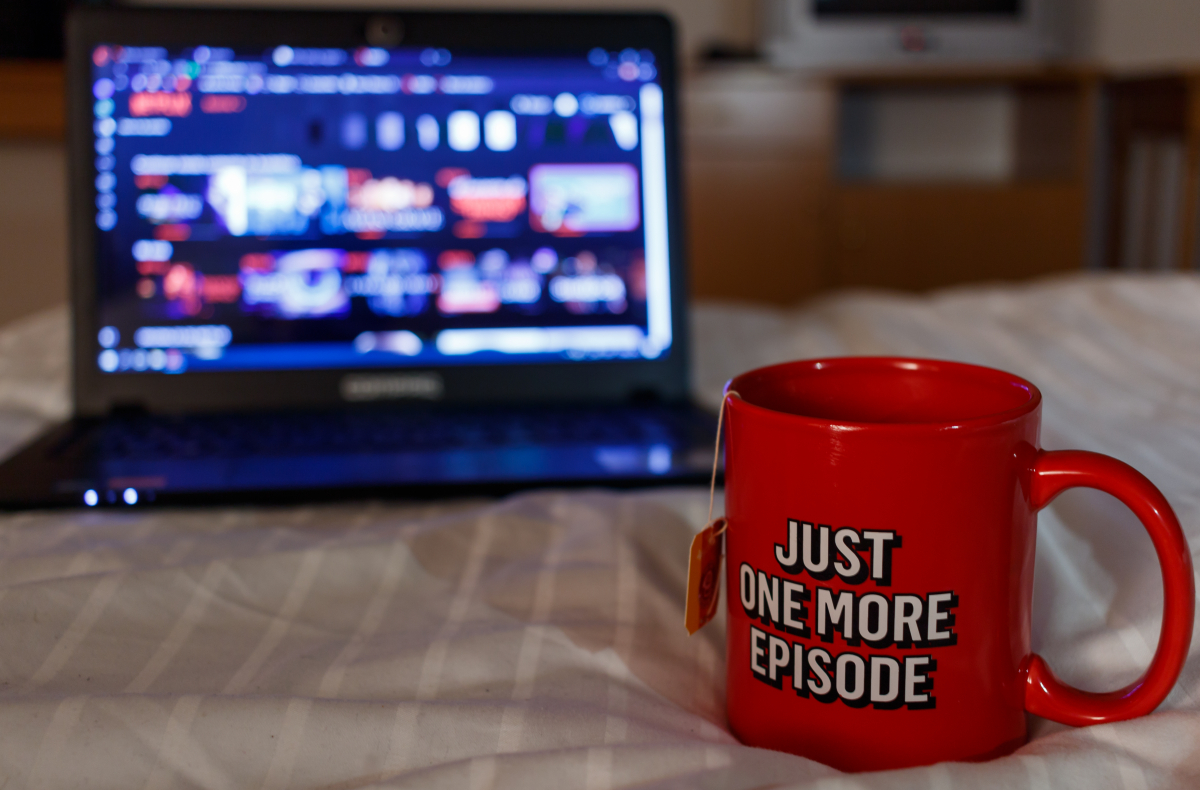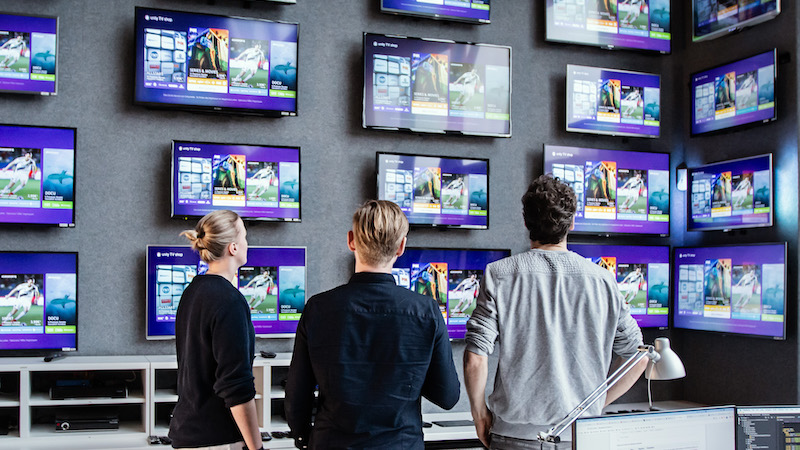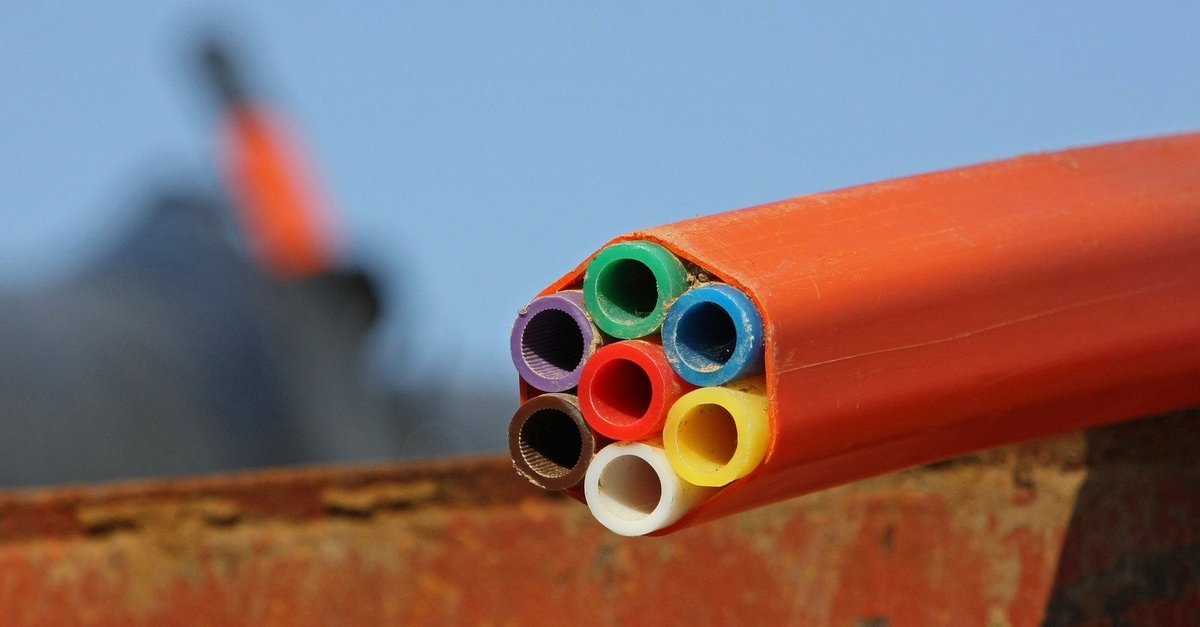The famous barcode is replaced
For decades, the barcode has been the constant basis of the shopping experience: every product that is marked with the familiar rectangle of vertical lines of different widths can be scanned at the checkout in no time at all.
But now the barcode is to be replaced – by a successor that reveals far more than just the price.
The US reports Organization GS1which is responsible for the standardization of barcodes and is now also promoting the replacement of the classic barcode.
From 2027, this is to be replaced by a new, two-dimensional version as part of the “Sunrise 2027” project. This data matrix code is represented by dots instead of dashes and thus corresponds to a QR code.
This 2D code can still be read even if it is printed on a product in small format. Above all, however, it can provide far more information than the barcode, which was primarily used in retail to check prices.
The new code can also be called up by customers using a smart device, who can then call up relevant information, such as the portal axios reported. This can include ingredients and shelf life for food, manufacturing processes and origin for clothing, or sustainability information on packaging.
Companies should also benefit from the 2D code. Among other things, inventory and recall management should be made easier for supermarkets, discounters and other businesses, as GS1 promises.
[crosslinkds ids=“1502227,1524309,250927″]
Most importantly, for businesses, 2D code means giving customers “the experience a brand intended for them,” as a GS1 employee explained to Axios. Not only advertising information can be packed in the code, but also special offers, loyalty points and other bonuses.
This is shown by the current examples, in which the 2D code is already in use according to Axios. In Japan, for example, it is used in discounters to automatically make goods a special offer shortly before they expire.
The sporting goods manufacturer Puma uses it in its US branches to inform customers about the sustainability practices of the company and the materials used in its shoes.
In the coming years, barcode and 2D code will coexist until only the new version will exist from 2027. For the transition, GS1 is providing a test kit that companies can use to verify that it is technically ready for the new code.
Recently, however, the organization celebrated the 50th anniversary of the classic bar code, which was perfected in 1973 to the version known today. A year later, a product was scanned at the checkout of a US supermarket for the first time: a pack of Juicy Fruit chewing gum.


